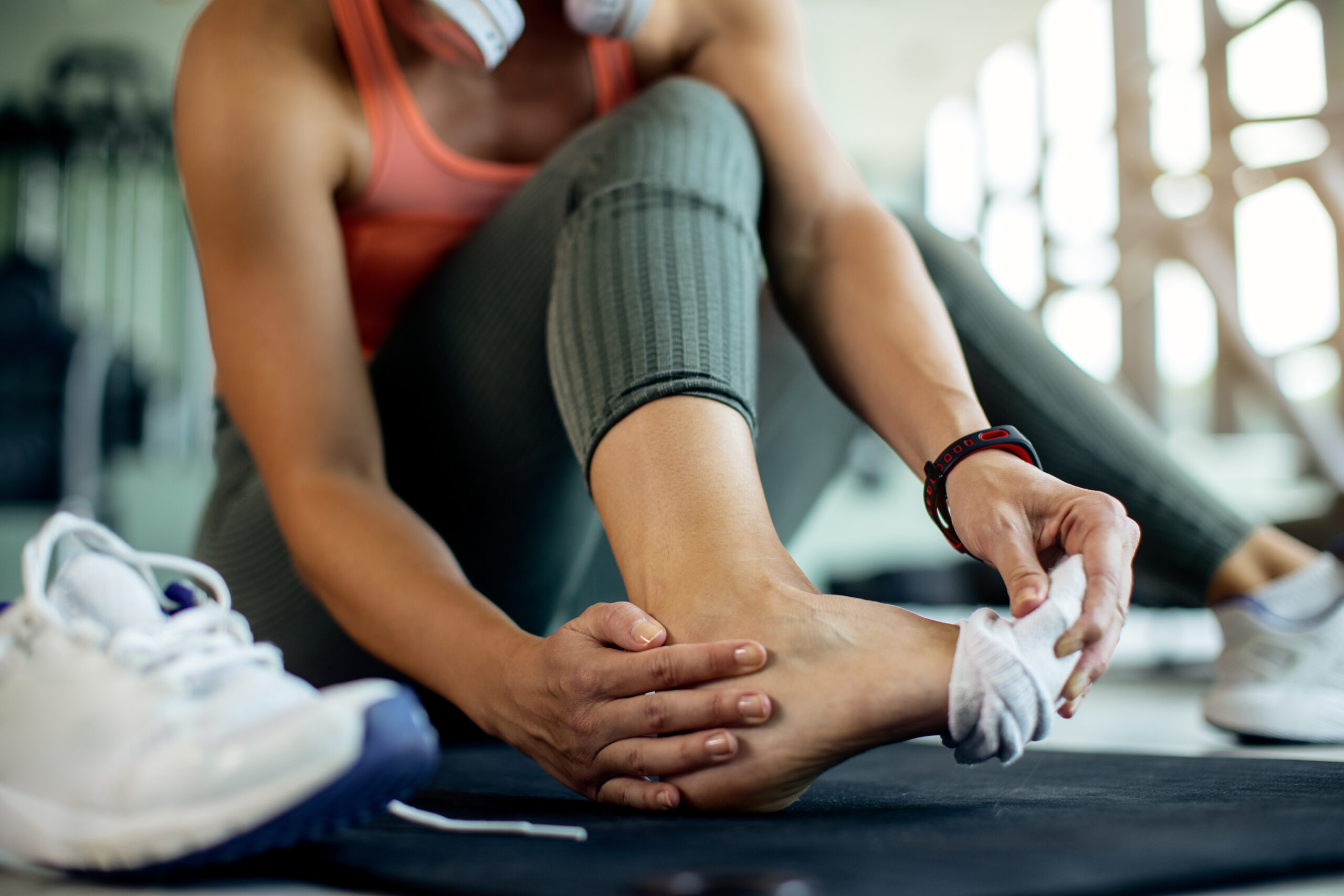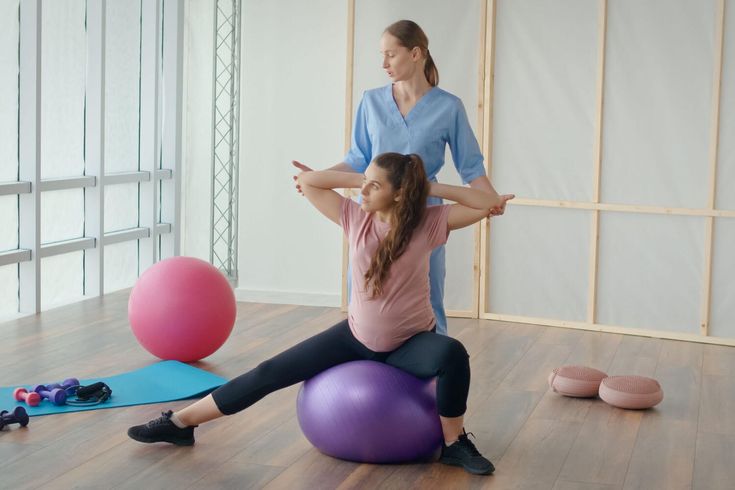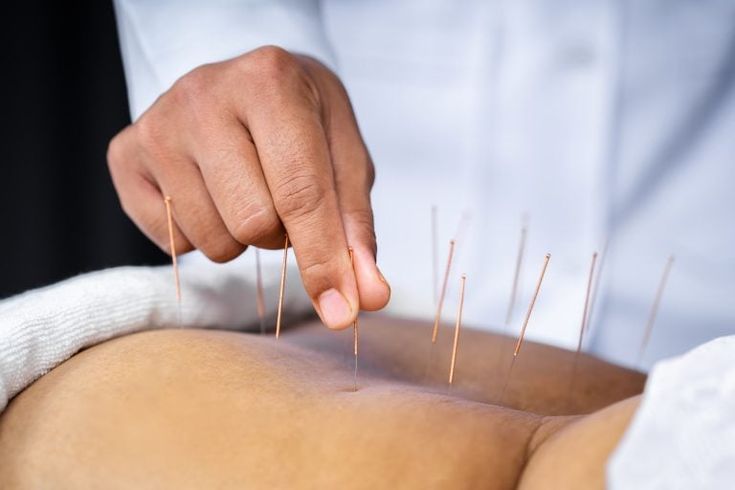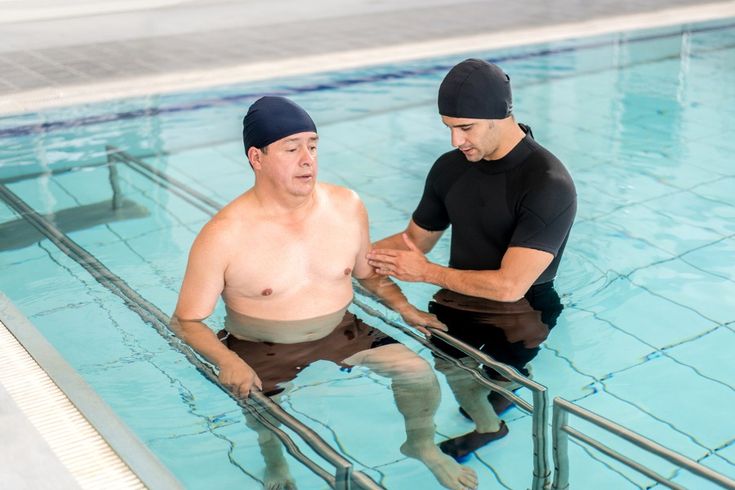Understanding Sports Physiotherapy for Athletes:

In the world of sports, athletes constantly push their bodies to perform at the highest levels, making them prone to a wide variety of injuries, from sprains and strains to more complex conditions like tendonitis, ligament tears, and stress fractures. While training and competition are essential for improving performance, the physical demands they place on the body often lead to injury. In this context, sports physiotherapy has become an invaluable tool in helping athletes prevent injuries, recover from them, and improve their overall performance.
This comprehensive guide will explore how sports physiotherapy plays a critical role in injury prevention and recovery for athletes. We’ll also dive into the various techniques used by sports physiotherapists to treat and rehabilitate sports-related injuries. Additionally, we will discuss how athletes in London can benefit from sports physiotherapy services to optimise their performance and maintain peak physical health.
What is Sports Physiotherapy?
Sports physiotherapy is a specialised branch of physiotherapy that focuses on the treatment, prevention, and rehabilitation of sports-related injuries. It aims to optimise an athlete’s physical performance, help them recover from injuries, and prevent future injuries through targeted therapy, strengthening exercises, and sport-specific techniques.
Unlike general physiotherapy, sports physiotherapy is tailored to the unique demands of athletes, taking into account the physical stresses and strains associated with different sports. It covers a broad spectrum of conditions, including:
- Acute injuries: Sprains, strains, fractures, and dislocations
- Chronic injuries: Tendonitis, bursitis, and overuse injuries
- Post-surgical rehabilitation: Recovery following surgeries such as ACL reconstruction or shoulder surgery
- Performance enhancement: Improving movement mechanics, strength, and flexibility to prevent injury
In addition to treating injuries, sports physiotherapists focus on restoring optimal function, enhancing physical performance, and preventing future problems by assessing an athlete’s movement patterns, posture, and biomechanics.
How Sports Physiotherapy Aids in Injury Prevention
Prevention is always better than cure, and this is especially true in the world of sports. Injuries not only sideline athletes but can also have long-term effects on their careers. Sports physiotherapists play a crucial role in preventing injuries by identifying risk factors, correcting imbalances, and providing education on safe movement patterns.
Biomechanical Assessment and Correction
One of the core components of sports physiotherapy is a biomechanical assessment. During this process, the physiotherapist evaluates an athlete’s movement patterns, posture, and body mechanics. They assess how the body moves during specific sports activities and identify any imbalances, weaknesses, or areas of excessive strain that could lead to injury.
For example, poor running mechanics such as improper foot strike, weak core muscles, or misaligned hips can lead to overuse injuries like shin splints or runner’s knee. Through biomechanical assessments, sports physiotherapists can design personalised interventions, including corrective exercises, manual therapy, and adjustments to posture, to minimise these risks.
Muscle Imbalance and Strengthening
Muscle imbalances occur when certain muscles are weaker or tighter than their opposing counterparts, putting undue stress on joints and soft tissues. For example, in athletes who perform repetitive motions (such as tennis players), certain muscle groups may become overdeveloped while others remain underdeveloped. This imbalance can lead to inefficient movement patterns and an increased risk of injury.
Flexibility and Mobility Training
Tight muscles and restricted joint mobility are common contributors to sports injuries. Sports physiotherapists work with athletes to improve flexibility and range of motion through stretching routines, myofascial release, and other manual techniques.
For instance, in sports that require frequent jumping, sprinting, or bending, such as basketball or soccer, limited flexibility in the hamstrings, calves, or hips can lead to muscle strains and tears. Physiotherapists develop stretching programmes specific to the athlete’s sport to enhance flexibility and prevent muscle tightness that could lead to injuries.
Additionally, they use joint mobilisations to improve the range of motion in areas like the shoulders, knees, and ankles. By increasing mobility in these key areas, athletes can achieve better form and reduce the risk of overuse injuries.
Education and Injury Prevention Strategies
Sports physiotherapists also play a key role in educating athletes about injury prevention strategies. This education includes proper warm-up and cool-down techniques, how to manage fatigue, and guidelines on pacing during training and competition.
For example, a physiotherapist may teach an athlete the importance of dynamic stretches before a workout or competition to increase blood flow to muscles and prepare the body for high-intensity movements. Similarly, they may emphasise the importance of cooling down after training to help the muscles recover and reduce soreness.
By teaching athletes how to identify early signs of injury, such as tightness, pain, or swelling, physiotherapists also enable them to take action before the problem escalates. Early intervention can prevent minor discomfort from turning into a more severe injury.
Sport-Specific Conditioning Programmes
Every sport demands different physical qualities, such as endurance, strength, agility, flexibility, and power. Sports physiotherapists design sport-specific conditioning programmes to help athletes meet the physical demands of their chosen sport. These programmes not only help prevent injury but also enhance performance.
For instance, a runner may focus on building lower body strength and improving running form, while a tennis player may work on shoulder stability and arm strength to avoid rotator cuff injuries. Sports physiotherapists create customised conditioning plans that align with an athlete’s goals and sport-specific requirements, ensuring they are physically prepared for the demands of their sport.
Sports Physiotherapy for Injury Recovery
In addition to preventing injuries, sports physiotherapy is crucial for rehabilitation and recovery when injuries do occur. The primary goal of sports physiotherapy during recovery is to restore function as quickly and safely as possible, allowing the athlete to return to their sport at full capacity.
Acute Injury Management
When an athlete sustains an acute injury, such as a sprained ankle or strained muscle, physiotherapists use the R.I.C.E. method (Rest, Ice, Compression, Elevation) in the initial phase to reduce pain and swelling. Following the acute phase, physiotherapists begin rehabilitation exercises aimed at restoring mobility, strength, and flexibility. This typically involves controlled, low-intensity exercises that help the body recover without risking further injury.
In some cases, physiotherapists use advanced techniques like electrotherapy (such as TENS or ultrasound) to promote tissue healing and reduce inflammation. These modalities help accelerate the recovery process, especially in cases of soft tissue damage.
Strengthening After Injury
After the initial healing phase, it’s essential to rebuild strength in the injured area. Sports physiotherapists develop individualised rehabilitation programmes to gradually reintroduce load-bearing activities while ensuring that the injured tissues are protected. This process involves progressive strengthening exercises to ensure that the muscles, ligaments, and tendons are prepared for the stresses of sport.
For example, if an athlete has suffered an ACL injury, rehabilitation will begin with strengthening exercises for the quadriceps, hamstrings, and calf muscles. As the athlete progresses, sport-specific movements will be introduced to simulate the actions of their sport, such as cutting, pivoting, or sprinting.
Movement Retraining
After an injury, athletes often develop compensatory movement patterns to avoid pain or discomfort. While these patterns may allow them to continue moving, they can create further issues down the line. Sports physiotherapists are skilled at movement retraining to correct these compensations and restore normal, efficient movement patterns.
For example, an athlete recovering from an ankle sprain may begin limping to avoid putting weight on the injured foot. A physiotherapist will identify this compensation and work with the athlete to re-establish proper walking and running mechanics to prevent long-term joint or muscle strain.
Gradual Return to Sport
Returning to sport too soon after an injury can lead to re-injury or further damage. Physiotherapists create a progressive return-to-sport protocol that ensures athletes return to their sport only when they have regained full function, strength, and mobility. This process includes sport-specific drills and exercises that simulate game situations and ensure that the athlete can perform without limitation.
For instance, if a basketball player is recovering from a knee injury, their rehabilitation will involve not only strengthening exercises but also specific basketball drills, such as jumping and lateral movements, to ensure they are fully prepared for the demands of the game.
Sports Physiotherapy London: Finding the Right Care
For athletes in London, there are many specialised physiotherapy clinics offering sports physiotherapy services to support injury prevention, rehabilitation, and performance enhancement. Whether you’re recovering from an injury or looking to optimise your physical conditioning, a qualified sports physiotherapist in London can provide tailored care to meet your needs.
When seeking sports physiotherapy in London, look for clinics that offer:
- Personalised assessments and treatment plans
- Sport-specific rehabilitation and performance programmes
- Experienced physiotherapists with expertise in treating athletic injuries
- Advanced rehabilitation techniques and modalities
Whether you’re a professional athlete, a weekend warrior, or someone recovering from an injury, sports physiotherapy can help you stay in top physical condition and ensure a speedy, safe return to your sport.
Conclusion
Sports physiotherapy is an essential part of an athlete’s overall care plan, providing both injury prevention and recovery strategies. By identifying weaknesses, correcting imbalances, and promoting proper biomechanics, sports physiotherapists help athletes stay healthy, perform at their best, and reduce the risk of injury. When injuries do occur, physiotherapists play a vital role in rehabilitation, helping athletes recover faster and return to sport with confidence.
For athletes in London, accessing quality sports physiotherapy can make a significant difference in maintaining long-term health and achieving peak performance. Whether you’re dealing with an acute injury or looking to prevent one, sports physiotherapy is the key to staying at the top of your game.
This guide covers the vital role sports physiotherapy plays in both injury prevention and recovery. If you’re an athlete in London looking for expert physiotherapy care, don’t hesitate to reach out to a qualified specialist who can tailor a programme to your specific needs and goals.









